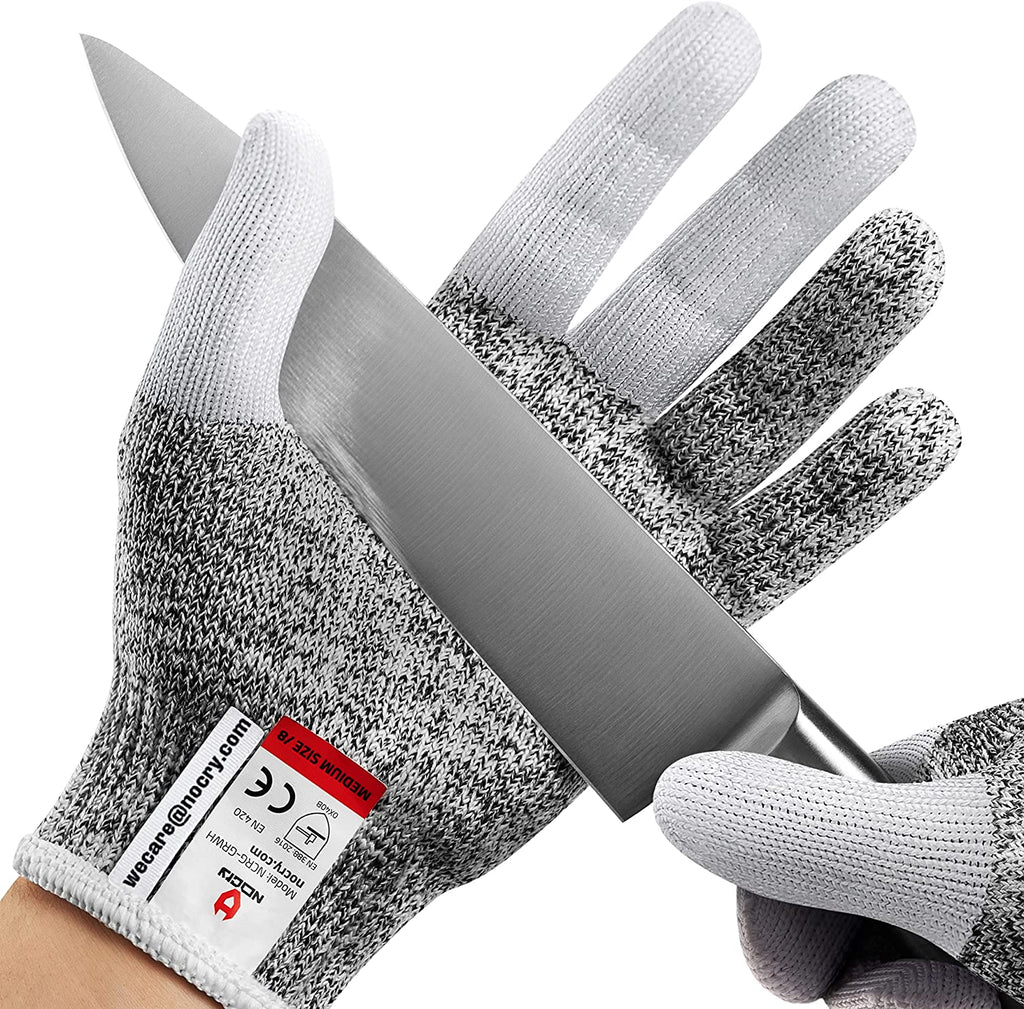Maintaining your kitchen tools, such as keeping your knives in top-notch condition, is crucial for any culinary enthusiast or kitchen professional. One essential aspect of knife care is oiling the blade. In this article, we'll delve into how to oil a knife blade and why it's an important step in prolonging the life of your knives.
When it comes to knife maintenance, oiling the blade should not be overlooked. Oiling helps to prevent rust, reduce friction, and protect the blade from various elements. This process not only keeps your knife in excellent condition but also ensures that it performs efficiently. Whether you're a seasoned chef or a home cook, understanding how to oil a knife blade can make a tremendous difference in your kitchen experience.

Why Oiling Your Knife Blade Is Important
Oiling your knife blade is a small but significant part of knife maintenance that brings many benefits. Let's explore some of the reasons you should incorporate this practice into your routine:
Preventing Rust and Corrosion
One of the most significant benefits of oiling your knife blade is preventing rust and corrosion. When you apply oil to the blade, it creates a protective barrier that shields the metal from moisture and oxygen, which are the primary causes of rust. This is especially crucial if you live in a humid environment or use your knife frequently.
Reducing Friction for Smoother Cuts
Another advantage of oiling is that it reduces friction. A well-oiled blade glides through ingredients more smoothly, making your cutting tasks easier and more efficient. This is particularly beneficial for kitchen professionals who rely on their knives for precision and speed.
Prolonging Blade Life
Regular oiling also helps to prolong the life of your knife. By preventing rust and reducing wear and tear, you ensure that your knife remains sharp and effective for a longer time. This means fewer sharpenings and less replacement, saving you time and money in the long run.

Steps on How to Oil a Knife Blade
Now that you understand the importance of oiling your knife blade, let's go through the steps to do it properly. Follow these guidelines to ensure your knife receives the care it deserves.
Step 1: Clean the Blade Thoroughly
Before applying oil, make sure your knife blade is clean and dry. Wash it with warm soapy water and a sponge, then dry it completely with a soft cloth. This removes any food particles, dirt, or moisture that could interfere with the oiling process.
Step 2: Choose the Right Oil
Not all oils are suitable for knife maintenance. Opt for food-grade mineral oil or specialized knife oil designed for this purpose. These oils are safe for both your knife and food preparation, ensuring that your blade remains in excellent condition without any harmful effects.
Step 3: Apply the Oil
Once your blade is clean and dry, apply a small amount of oil to a soft cloth or paper towel. Then, gently rub the oil onto the blade, covering both sides evenly. You don't need a lot of oil; a thin, even layer is sufficient to provide the necessary protection.
Step 4: Store Your Knife Properly
After oiling, store your knife in a safe and dry place. Consider using a knife block, magnetic strip, or knife sheath to protect the blade from damage. Proper storage further enhances the longevity and effectiveness of your knife.

Common Mistakes to Avoid When Oiling Your Knife Blade
While oiling a knife blade is straightforward, there are some common mistakes to watch out for:
Using the Wrong Oil
Avoid using oils not specifically designed for knife maintenance, such as vegetable or olive oil. These oils can become rancid over time and may not provide the same protective benefits as food-grade mineral or specialized knife oil.
Over-Oiling
Applying too much oil can attract dirt and debris, potentially causing more harm than good. Stick to a thin, even layer to ensure optimal protection without unwanted buildup.
Additional Tips for Knife Care
In addition to oiling your knife blade, consider these extra tips to keep your kitchen knives in excellent condition:
Regular Sharpening
Keep your knives sharp by honing and sharpening them regularly. A sharp knife is safer and more efficient, reducing the risk of accidents and making your cutting tasks easier.
Avoid the Dishwasher
Always hand wash your knives instead of putting them in the dishwasher. The harsh detergents and high heat can damage the blade and handle, reducing the overall lifespan of your knife.
FAQs
1. How often should I oil my knife blade?
The frequency of oiling depends on how often you use your knife and the environment you store it in. For regular use, oil your blade every few weeks. If you live in a humid area or use your knife daily, consider oiling it more frequently.
2. Can I use olive oil to oil my knife blade?
It's best to avoid using olive oil or other cooking oils for this purpose. These oils can turn rancid over time and may not provide adequate protection against rust and corrosion. Stick to food-grade mineral oil or specialized knife oil.
3. What should I do if my knife blade starts to rust?
If you notice rust forming on your knife blade, clean it thoroughly and use a rust eraser or fine steel wool to remove the rust. Afterward, oil the blade to prevent future rusting. Regular maintenance, including oiling, can help prevent rust from forming in the first place.
As an Amazon Associate, I earn from qualifying purchases.


























